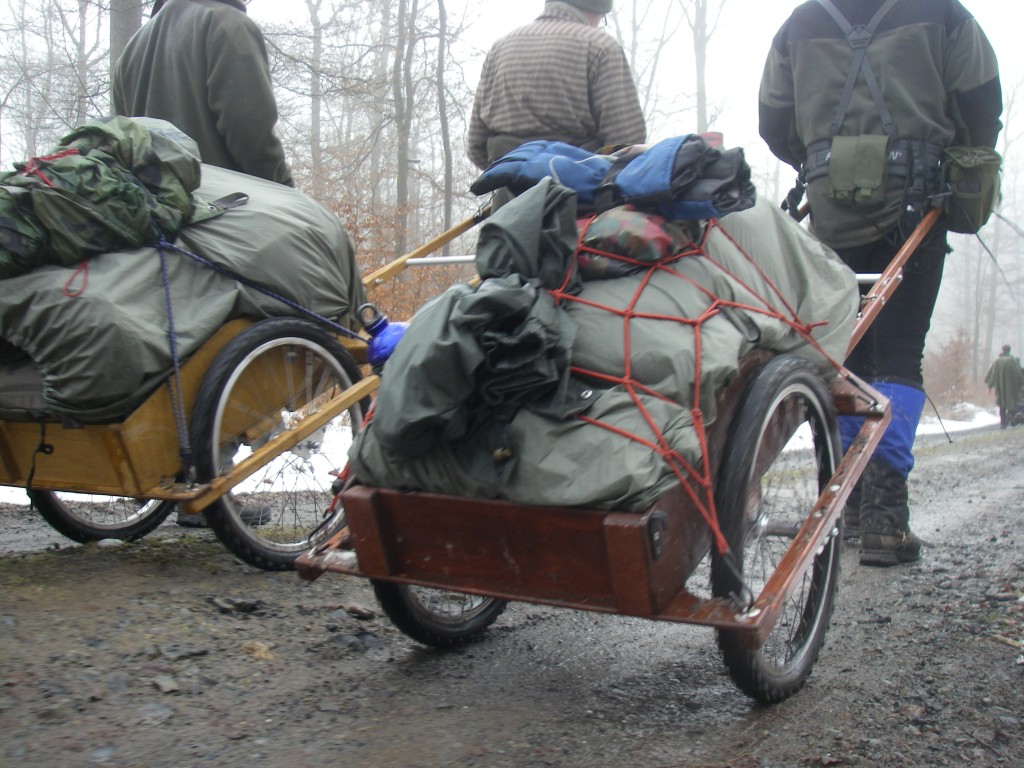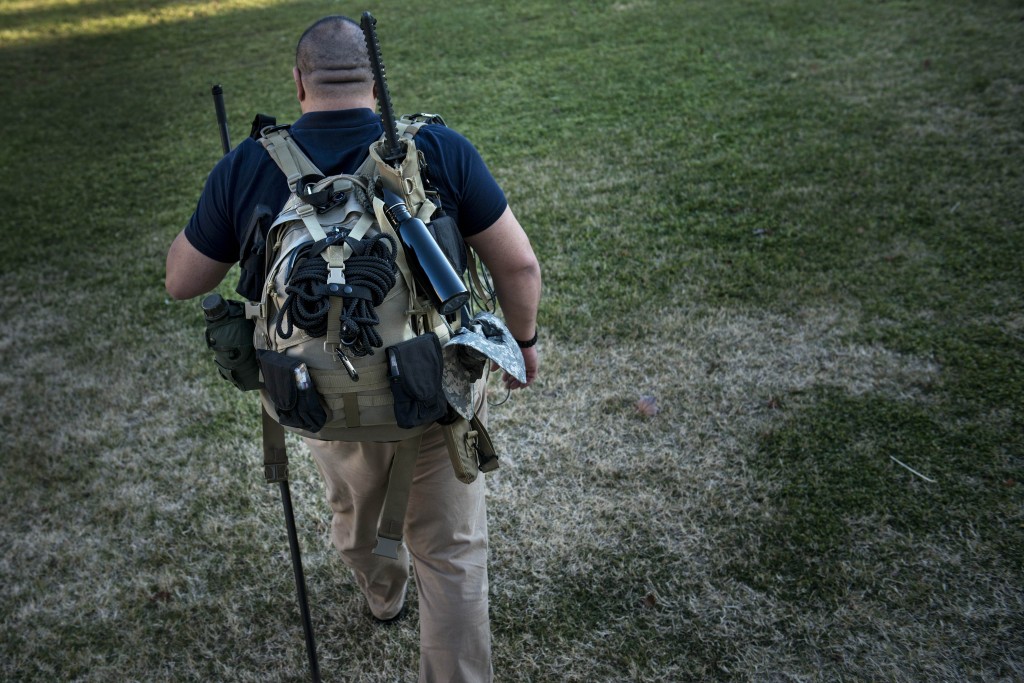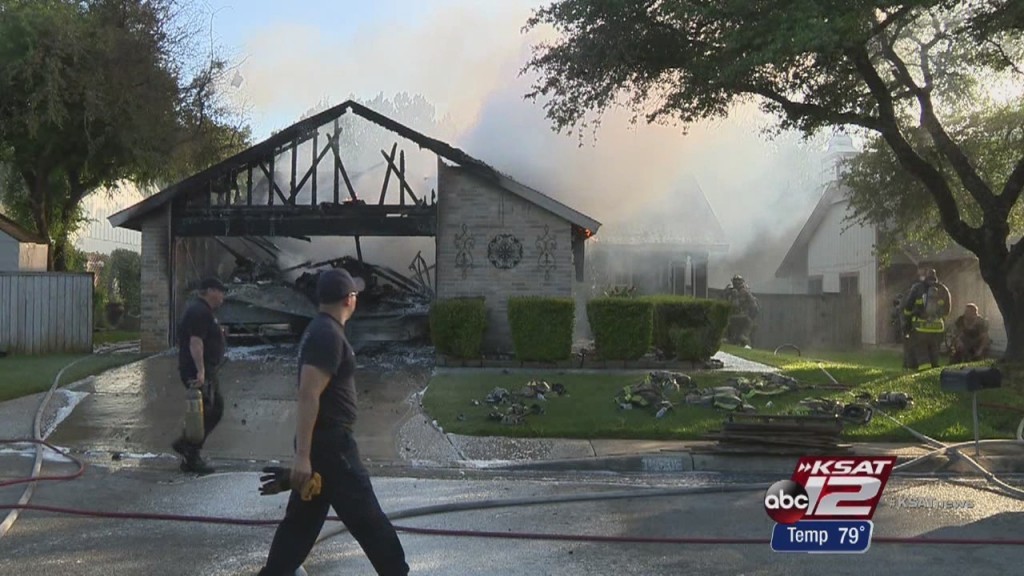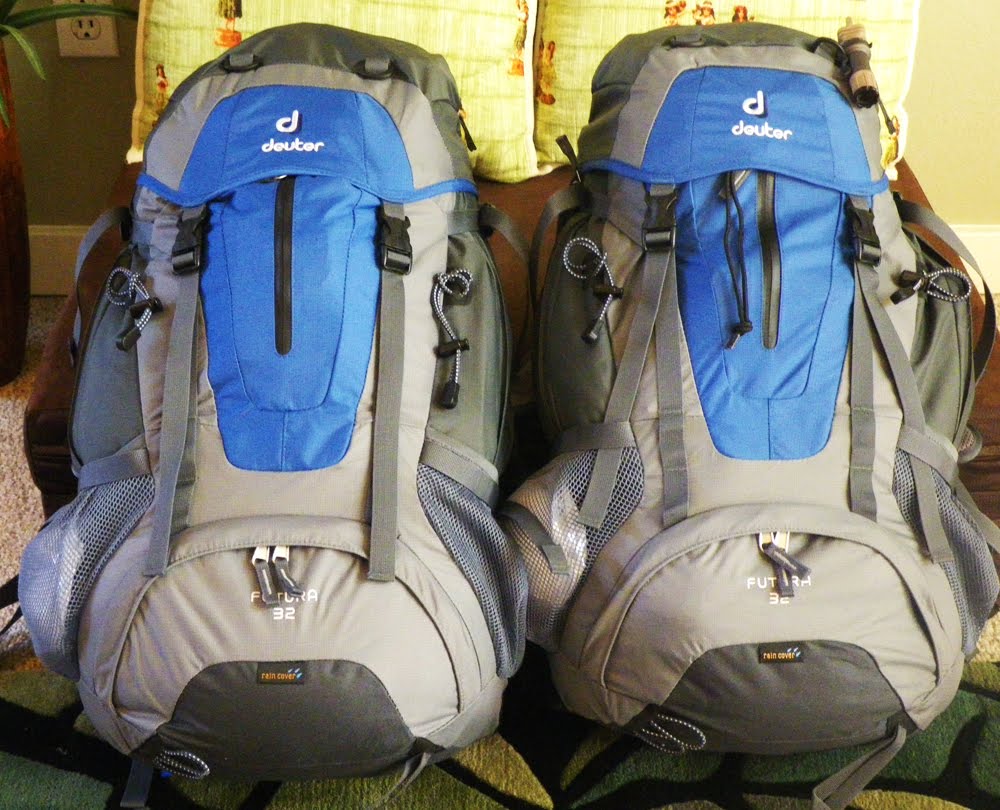THIS Is How You Make Real Bugout Plans
In today’s post we’re going to go over how to put together a realistic bug out plan. “Bugging out” seems to be on practically every preppers mind nowadays and honestly, a lot of the discussion and commentary that’s out there is just getting downright ridiculous. Today we’re going to take a practical look at what bugging out should mean to you, how to devise multiple REALISTIC bugoutplans, and why you should be spending a lot less time worrying about the big Doomsday bugout.
The other day, I just happened to catch the tail end of a “Doomsday Preppers” episode. Unless I’m looking for a cheap laugh, I tend to stay away from this show altogether because it honestly paints the preparedness community in a horrible light, provides really dumb and even dangerous information and advice and isn’t even that entertaining. That being said, I made a point to count how many times the words “bug out” were used in the short time I watched it. (I also had a good laugh at the guy who ordered the mail-order bride to help him prep lol).
43….They used the term “bug out” 43 times in the matter of like 15 minutes. O.K. seriously, this is just getting silly. I don’t know where this whole bugout obsession came from within the preparedness community, but it seems to me like everywhere you look, people are talking about bugout plans, bugout bags, bugout vehicles, bugout locations, bug out this, bug out that. I swear, I don’t know where this idea of “refugee-ism” comes from, but I’m hoping this article will change a few perspectives about this issue today and maybe even set a few people down the road of practical preparedness.
Let’s get this out of the way first. Bugging out can be absolutely necessary in a lot of disaster scenarios and a bugout plan and bugout bags/supplies/etc. NEED to be a part of your preps. It IS important. Notice however, that I said a PART of your preps. Please keep in mind that stuffing a bunch of stuff in a backpack and slinging an AR over your shoulder doesn’t make you a prepper. It may make you “prepared” (not really) for that one in a million Hollywood “ZOMG the ZOMBIES!!!” scenario people seem to be obsessed with, but it’s not exactly going to be much help during a house fire, a flood or any number of realistic disaster scenarios.
Priorities guys…It’s all about priorities
There are basically 3 different classifications of bugouts, which are all very different from each other, should be prepared for differently and executed at different times. These classifications are determined by priority, preparation time and distance.
1. The immediate, drop what you’re doing, “Get to the choppa!!!” right now bugout.
The first level or classification of bug out has nothing to do with SHTF, pandemics, or hordes of mutant biker raiders looking to take your supply of Mountain House food. This level of bug out is going to be for things like a house fire, an immediate first-aid situation, security threat, or even just getting locked out of your house.
These types of disasters are very real and are very common and should probably be one of the first types of scenarios you plan for when devising your bugout plans. These types of disasters frequently require immediate evacuations, and you probably won’t have time to grab a bag or supplies, or heck… depending on the disaster, even pants! These are the types of disasters where you need a place and a person you can go to that can help you NOW. Not in an hour, not “let me try and call someone” but NOW.
Your best bet for finding these temporary sanctuaries is going to be your neighbors. I strongly believe that having established relationships with the people sharing your immediate residential area is extremely important. In today’s fast-paced world it seems like there’s a lot less importance placed in having good relationships with your neighbors. That’s unfortunate.
In these kinds of disaster situations, driving to your bugout location or even across town to a friend’s or relatives isn’t always practical. Here are a few scenarios where your first level bug out plan might be used.
- It’s the middle of the night and the carbon monoxide or smoke detectors go off. There could be a fire, gas leak or any number of very serious issues that would make staying in your home very dangerous. You need to get out, NOW… but you also need to deal with the utility company, insurance company or fire department right away.
- You come home from work and when walking up the drive, see the front door wide open. You aren’t going in there alone; you need a place to go for some backup or to wait for the police.
- Your child or spouse is home alone, and something happens; they get a weird phone call, tornado sirens go off, they hear some weird noises. Whatever the case, they don’t feel safe and they need to get out, but don’t have any way to get somewhere that isn’t close.
There are a lot of situations like this. Wouldn’t it be nice to have a few neighbors within a short walk’s distance that you could go to at any time to get help? This is why if you’re not on good terms with your neighbors, you should really try to do something about it.
2. You’ve got 5 minutes to get out before something really REALLY bad happens.
The next type of bugout we’re going to discuss one that is a lot less likely to happen anytime soon, but something you will probably have to deal with at some point. This is the type of bugout where you need to get out right away, but you’ve got a little time to grab a bag or some supplies. THIS is the bugout bag scenario. Yes, we’re finally going to discuss bugout bags logically.
First, let’s go over some examples of disasters that would require this type of bugout.
- Responders have been unable to contain a large wildfire in your area and your house is right in its path. Responders are giving you 5 minutes to get your stuff and get out.
- A winter storm has taken out grid-power in your entire town. You don’t have a generator, or maybe you do, but not enough gas to last for a multi-day outage. This may not be an immediate “5 minute” bugout for some people, but for others, especially with families and small children, it could be. Either way, you’re going to need to leave, and you’re going to need a plan.
- A hurricane has been predicted within a day or two, you need to get out of the area, and hopefully things will be back to normal within a few days.
- Riots have broken out in some parts of your area (for any number of reasons). Reports of looting and violence are escalating. Again, you want to get out, but you’re probably going to be back in a few days at most.
There are obviously a lot of scenarios that could require you to leave your residence for a few days with very little notice. However, this doesn’t mean that we need to go from homeowner to refugee; it just means we need to make a plan. It means you need to decide what supplies you’re going to need over the next few days, where you’re going to go, and how you’re going to get there.
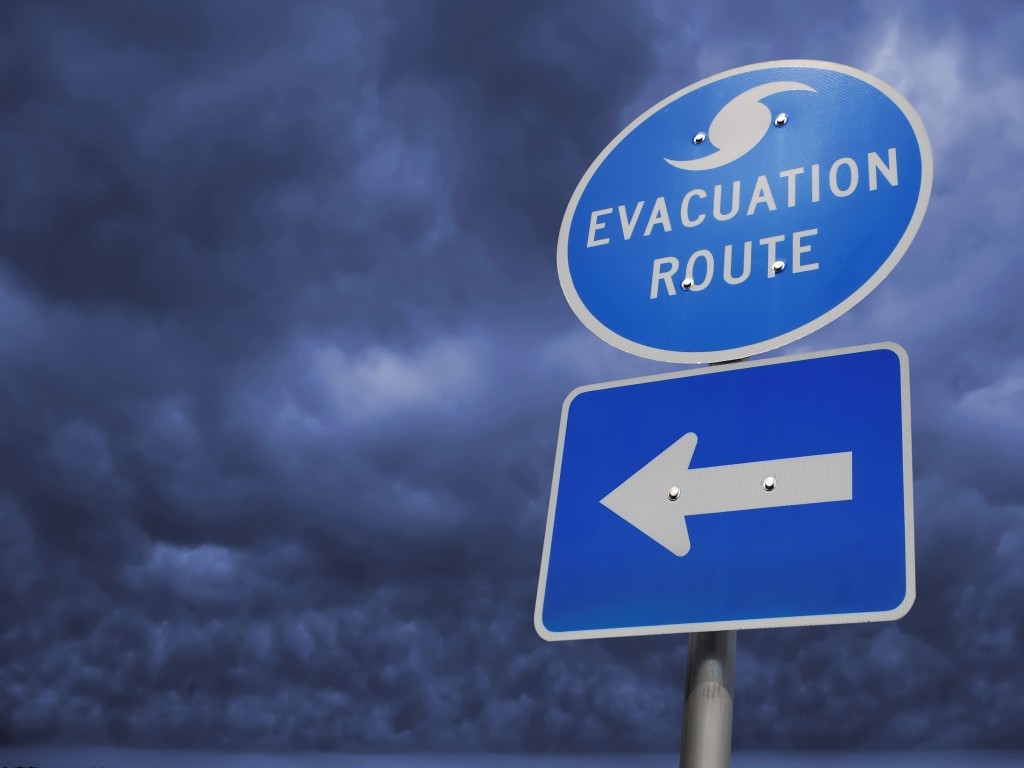
THE BUGOUT BAG!!!!
If you go on YouTube right now and search for “bugout bag” you will find a couple of thousand videos all showing you THE way to put together “THE BEST” bugout bag. There’s tons of gear reviews, pack reviews, what flavor of Mountain House is best, even videos showing you how to make a “tactical assault bugout belt kit” (Woah…sounds cool huh?) Well, I’m sorry to be the bearer of reality, but 99% of these bags are going to be completely useless in a real bugout scenario that you’re likely to encounter and they’re going to wish they had been a little more practical when putting them together.
It’s time to take a practical look at the bugout bag and what needs to be in it. This isn’t your “ZOMG THE S HAS HIT THE FAN!!” bag; this is simply a tool to help you get from your home to your per-determined bugout location. That’s it. It’s not your Bear Grylls “Im gonna survive out in the woods bag” and its not your “I’m gonna take on the world with my para-military buddies” bag. Honestly, it’s nothing more than a glorified suitcase that’s ready to go when you need it.
Here is a list of what should belong in a practical bug out bag:
- Several changes of clothes
- Ready to eat food – Trail mix, Clif bars, crackers, etc. Despite what the TV tells you, you’re not likely to be making fires and cooking up some Mountain House while fending off hordes of zombies. You’re most likely bugging out to a friend or family member’s house, or maybe a hotel.
- A copy of your documentation package – We’re going to go into A LOT more detail about this in a future post, but basically this is a 3-ring binder that has physical copies of your contacts, medical information, insurance information, financial information, licenses…you know…the important stuff.
- Chargers and batteries
- A small knife and sewing kit
- A small first aid kit
- Something to read (or maybe even a laptop or tablet.)
- About 10ft of paracord (you’ll probably never use this, but it can do so many things and takes up so little space, you might as well have some)
- A multitool
- A bottle of water for each person
- Cash – how much is up to you, but have enough to live off of for a few days at least.
Notice there was no mention of 18 different ways to start a fire? Notice there was no mention of small game snares, survival manuals, night vision goggles or 15 ways to purify water? That’s because these things don’t belong in your bugout bag. What you need are supplies to get you from point A to point B to survive, relatively normally, for a few days while whatever situation you’re getting away from cools down…and 99.999999% of the time, your destination is going to be somewhere with power, food and water. If you want to pack up a bunch of wilderness survival gear and all the bells and whistles, by all means go ahead….but let’s be realistic here, you know you’re not going to use it, so why is it in there?
** To address the comments that I’m sure to get for this right here and now…yes, if you live in a remote area, where getting to another location may take more than 1 night, where sleeping in your car or even outside is a possibility, then yeah, you’re going to want some more gear. That being said, if you’re the type of person this applies to, then you probably don’t need advice on bugging out or surviving in the outdoors. ***
3. OK, now let’s play Rambo…. It’s time for THE BIG BUG OUT!!!
The 3rd and final bug out situation we’re going to discuss is the one that apparently seems the most important to a lot of preppers.
It’s the BIG ONE.
It’s the SHTF “we aint coming back anytime soon” bugout.. The mutant raiders are on their way, the apocalypse has started… oh boy, it’s GO TIME!
Well, since this kind of situation is about as likely to happen as being struck by lightning, winning the lottery or having responsible people in government, this part is going to be pretty quick.
In a long-term, remote, SHTF bugout scenario you’re not going to just want a bugout bag… you’re going to want a full-on bugout supply chain. The reality is, you don’t have enough supplies and you never will…let alone a way to take them with you. You know that beer commercial, with the “most interesting man in the world” the guy who seems to be an expert at literally EVERYTHING, yeah…you’re gonna want to be that guy. You’re going to want to be an expert hunter, fisherman, and forager. You’re going to want to be the Nikola Tesla of DIYing, you’re going to want to be an expert on literally every single aspect of society, because you’re going to be rebuilding it from the ground up when the apocalyptic dust clears.
Sounds like a pretty intimidating to-do list huh?
Well, the reality is that you’re NEVER going to be truly ready for these big, Hollywood, SHTF disasters.
EVER.
Don’t get me wrong, it doesn’t mean they won’t ever happen and it doesn’t mean to keep your head in the sand. There’s a real risk that they might, but that risk is so ridiculously low, why do preppers continually make “SHTF” the biggest priority? However, by being prepared for all the “little” disasters out there, you’re probably going to be as ready as you can hope to be for the big ones. So instead of focusing all your prepping efforts on the bug disasters, it’s much more practical and beneficial to prepare for the more “mundane” disasters, as they’re going to be the only thing that prepares you for the big ones.
Preparedness isn’t about having expert wilderness survival skills, it’s not about being the best shot, it’s not about how many fish you can catch, how much Mountain House you’ve got stocked up, how far you can bug out on foot with a 150lb rucksack or how much military evasion training you’ve had. Preparedness is simply taking actions today that will make your life easier tomorrow, in good times and bad. It’s about doing as much as you can to mitigate all the curveballs life has to throw at you no matter how trivial they might seem.
Preparedness is about learning new things, teaching people new things, responsibility, taking this plastic-coated, dependent society we’ve made and taking REAL control of our part in it. It’s about getting away from convenience and working towards self-sufficiency and building a life and a legacy that can be passed down to future generations so that one day, just maybe, we can reclaim a lot of what we’ve lost.

